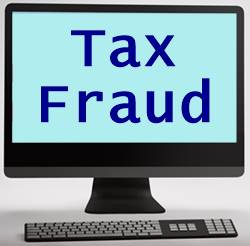
Table of Contents
Eminent Domain Definition
According to the Eminent Domain law, it is defined as the power of any government, municipalities, and states to take up a private property and use the same for public purposes. It should be followed by the payment of only compensation.
An Insight into Eminent Domain Elements
Eminent Domain can be referred to as the right that is granted under the 5th Amendment of Constitution in the United States of America. Similar rights or powers can be found in other nations depicting common law. For instance, it is referred to as Expropriation in Canada, Compulsory Purchase in Ireland, and in New Zealand, the UK, and Australia, it is referred to as Compulsory Acquisition.

Private property in the given case is taken with the help of condemnation procedures. It involves the owners challenging the seizure’s legality while settling the matter of Market value that is utilized for compensation. Some of the most common instances of condemnation includes buildings and lands getting seized for ensuring some public project. It could also include dirt, water, airspace, rock, and timber that have been appropriated from the given private Land for road construction.
As per the Eminent domain elements, it includes investment funds, stocks, and leases. As patents, rights, copyrights, and intellectual property are considered as being subject to the concept of eminent domain, the governments can use eminent domain for seizing social platforms and turning the same into some form of public utility for protecting privacy & data of people.
Eminent Domain Uses
Eminent domain is not known to include the power to take up & transfer the ownership of a private property from a single property owner to some other property owner without having any valid public purpose. The given power can be delegated legislatively to municipalities by the state. It can also be delegated to private corporations or individuals, government subdivisions, or other entities.
Talk to our investment specialist
One of the most common applications of private property that is undertaken by eminent domain is for the construction of roads, public utilities, and government buildings. During the mid-20th century, an all-new application regarding eminent domain had been laid out on the concept that such properties delivered a negative impact on the surrounding property owners. However, it was later on expanded for allowing the undertaking of a private property when any new third-party owner might develop the given property in a manner to bring into effect improved tax revenues to the subsequent government.
There are some jurisdictions that require the taker of the property to ensure an offer for purchasing some subject property. It should be done before looking into the utilization of eminent domain. However, once the given property has been undertaken and there is the passing of the final judgement, the condemner will owe the same in fee simple. The entity might consider putting the same to some use other than the ones defined in the action of eminent domain.
All efforts have been made to ensure the information provided here is accurate. However, no guarantees are made regarding correctness of data. Please verify with scheme information document before making any investment.












